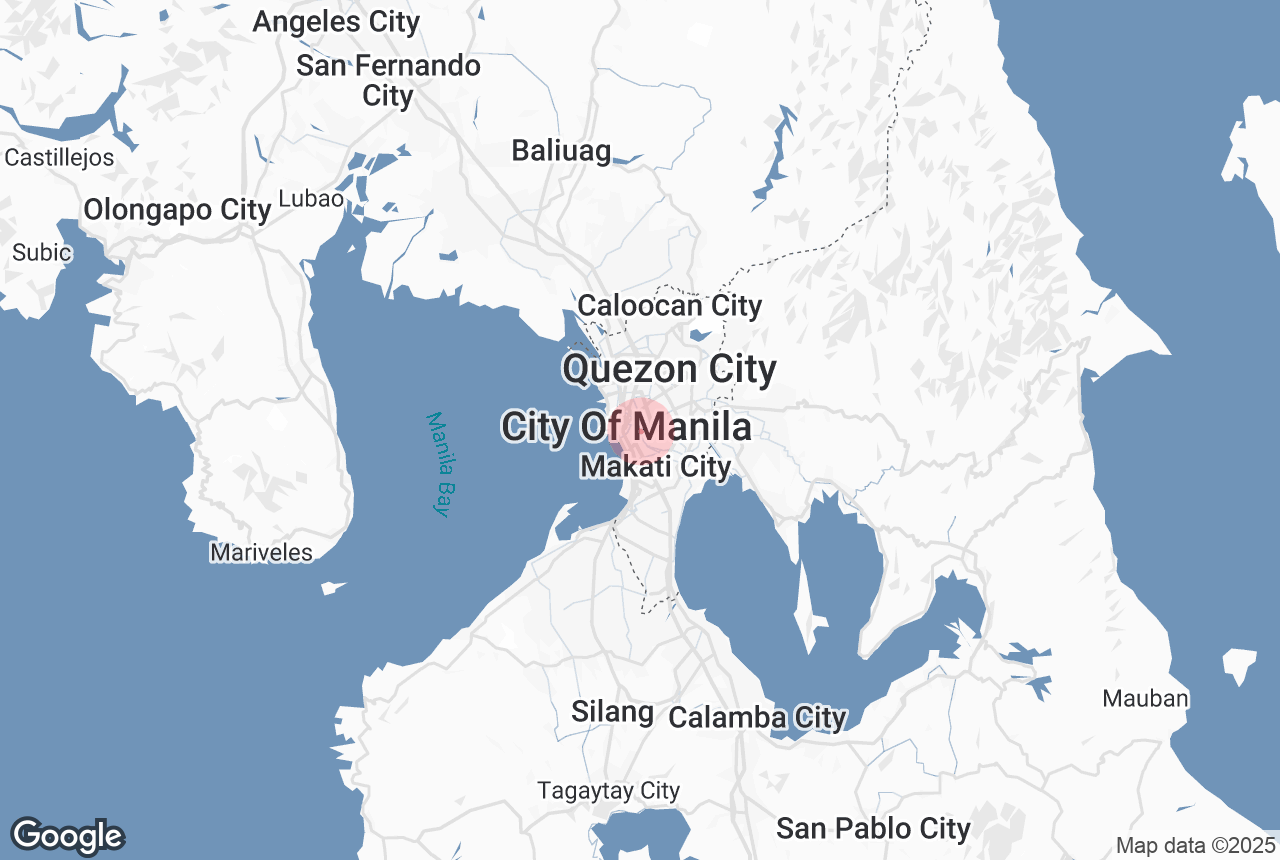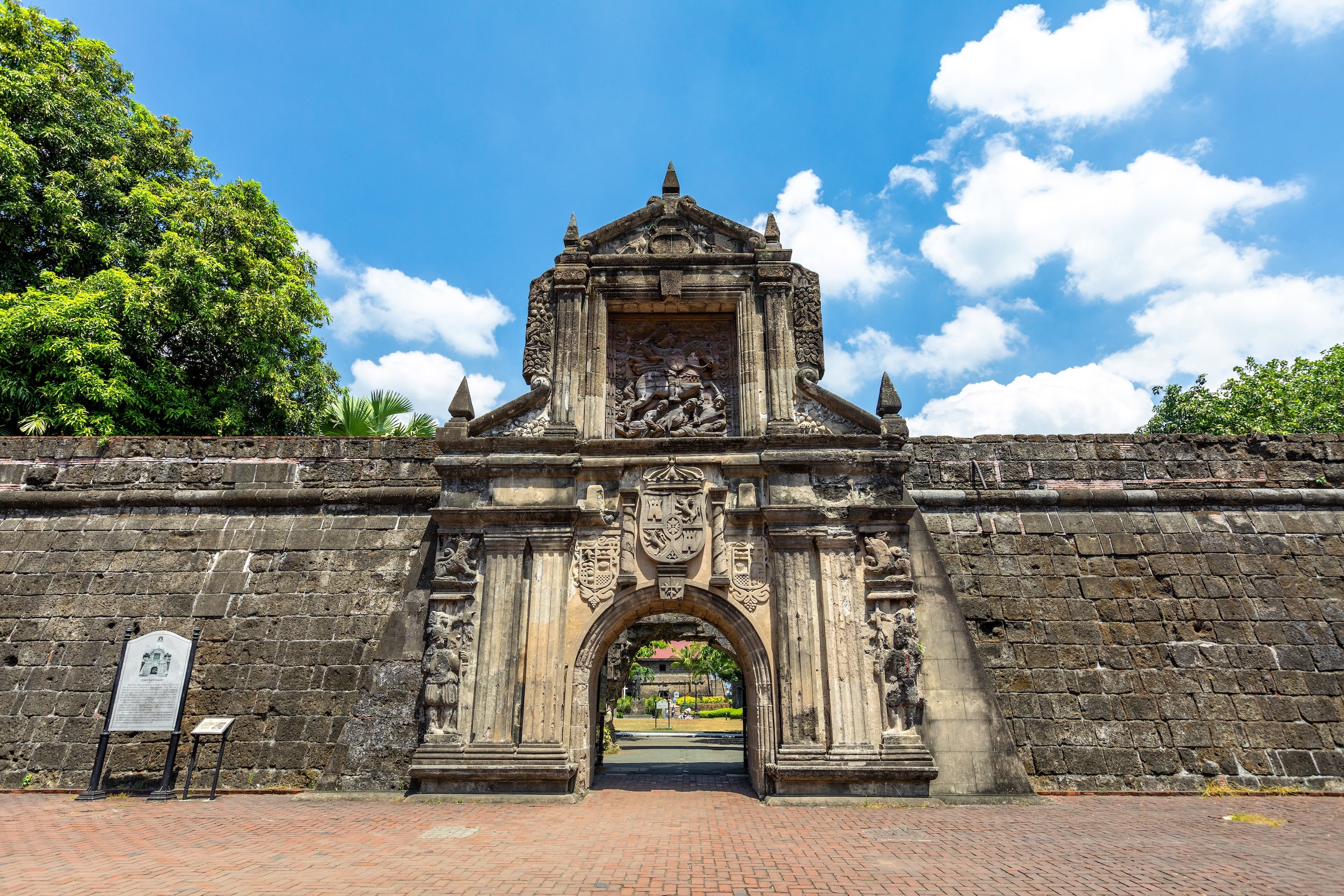
Sto. Niño de Pandacan Parish
Sto. Niño de Pandacan Parish is a Roman Catholic church located along Jesus Street in Pandacan, Manila. Established over 300 years ago, it officially became a parish on November 23, 1712, with Fr. Diego de Villalba as its parish priest of the Franciscan order.
According to legend, the first parish was erected near the Pasig river, where the image of a mahogany Sto. Nino, or Holy Child, was found by children playing near a water hole.
It is said that the wooden image of the Holy Child kept on returning to the same spot even after elders attempted to transfer it to another parish nearby. Townsfolk began to revere the area and built a nipa hut to house the wooden image.
Later, the Franciscan friars and the residents agreed to erect a stone chapel on the hallowed spot, including the water hole where a natural spring can still be seen today. The water hole was turned into a well, and the water is said to result in miraculous healing for the sick.
Today, the well is sealed shut, but a shrine was built in the same spot where the well used to be.
Best time to visit
The Sto. Niño de Pandacan Parish is open from 8:30 AM to 12:00 NN and 2:00 PM to 6:00 PM every day except Monday.









